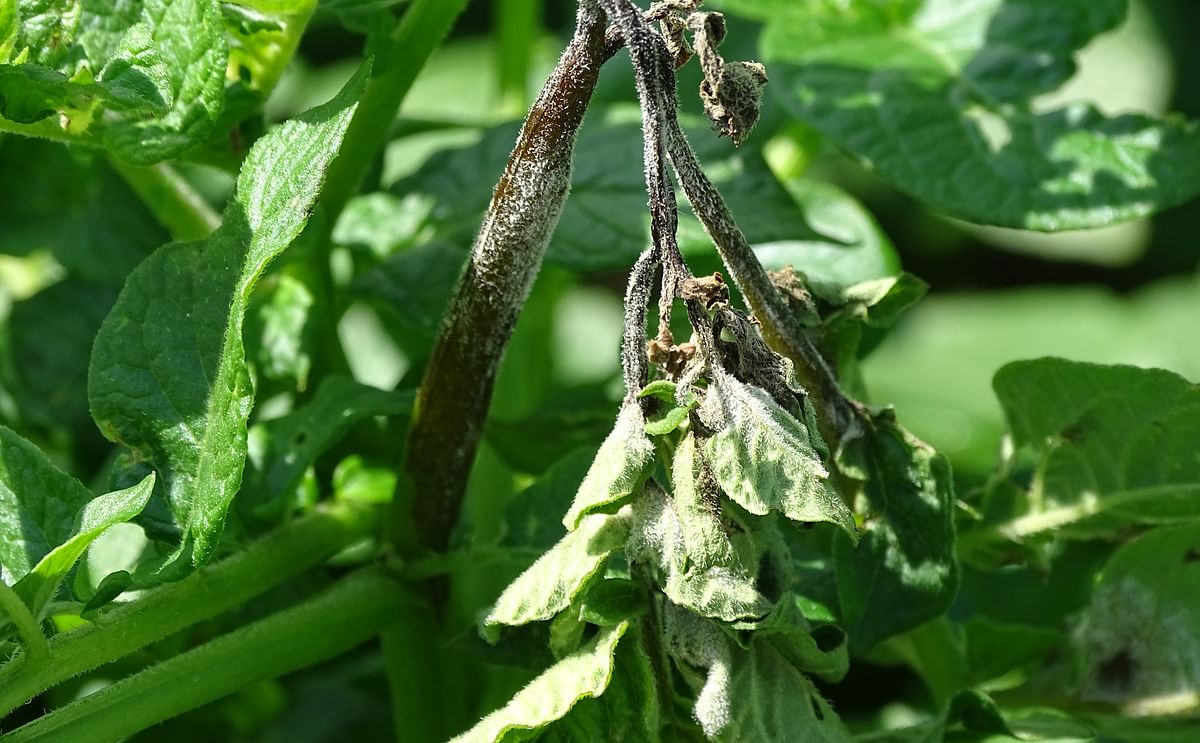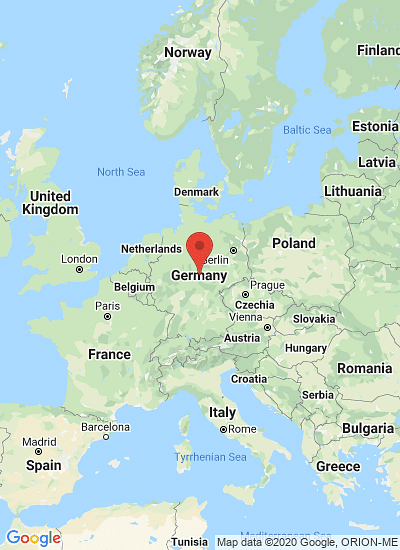Bayer pilots unique generative AI tool for agriculture
Potato farming in Europe – Late Blight crisis in the making

It is not easy to be a potato farmer in Europe these days, and it may get even worse: To maintain the harvest, farmers need a sufficient number of highly efficient fungicides to cover a spray scheme for control of Late Blight (Phytophthora infestans).
Besides its extremely devastating nature, it is the agility of this fungus that puts pressure on the fungicides: The fungus appears with new strains regularly.
These genotypes can be resistant against the applied fungicides, who then do not show full efficacy anymore. These days, due to the decade-high Late Blight pressure in the last years, fungicide resistance development seems to speed up: While so far, EU_36 was the dominating Late Blight genotype, the latest Euroblight graphs show for 2023 an explosion-like raise of a new type, the EU_43.
This, especially in the potato growing countries of Northern Europe, quickly spreading genotype shows a high level of resistance towards the often-applied CAA fungicides.
In parallel another new type is showing up, EU_46: He made it during 2023 to the 5th biggest genotype in Europe – and EU_46 already shows resistance against those fungicides with the newest mode of action, the Oxysterol binding protein inhibitors (OSBPIs).
And to make things worse strains from EU_43 as well as EU_46 types were reported to have a double-resistance to CAAs as well as OSBPIs.
A significant reduction of efficacy for fungicides with these modes of action, was not only confirmed by greenhouse trials, but also visible in 2023 in the potato fields with farmers experiencing lack of Late Blight control already.
What can farmers do to slow down the spreading of resistance? – At the end the advice is simple: Really consequently apply fungicides with modes of action that are effective to control these aggressive genotypes.
Also, farmers should not rely on CAA and OSBPI fungicides as first sprays in the season to avoid the spread of such genotypes transported to their field by the presence of volunteer potatoes originating from the potato fields of 2023.
There are still a few fungicides, like Fluopicolide and Propamocarb in Infinito®, that have proven high efficacy against all relevant genotypes of Late blight including EU_43 and EU_36.
These very effective fungicides are recommended to be positioned (considering the label) at the beginning of the season to keep Phytophthora infestans down.
And how can politics support on European and national level? With limited availability and penetration of Late Blight tolerant potato varieties and biological fungicides having their window of application mainly when disease pressure is low, the systemic fungicides have to do the job to secure harvest.
What makes the situation so critical is the reduced availability of efficient fungicides: Today around 75 % of the fungicides against Late Blight in Europe are either suffering from resistance driven efficacy losses or they lost/ will lose their registration.
If policy wants the Europeans to eat EU grown potatoes also in the next years, farmers need fungicides like Infinito® that still show high efficiency against the raising Late Blight genotypes.






